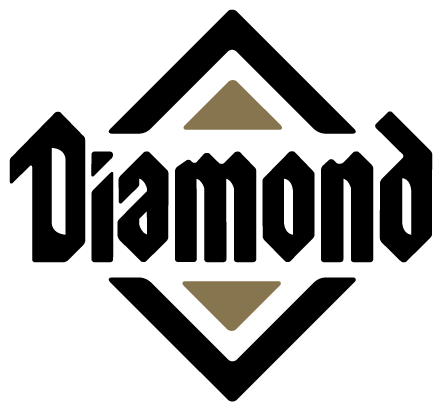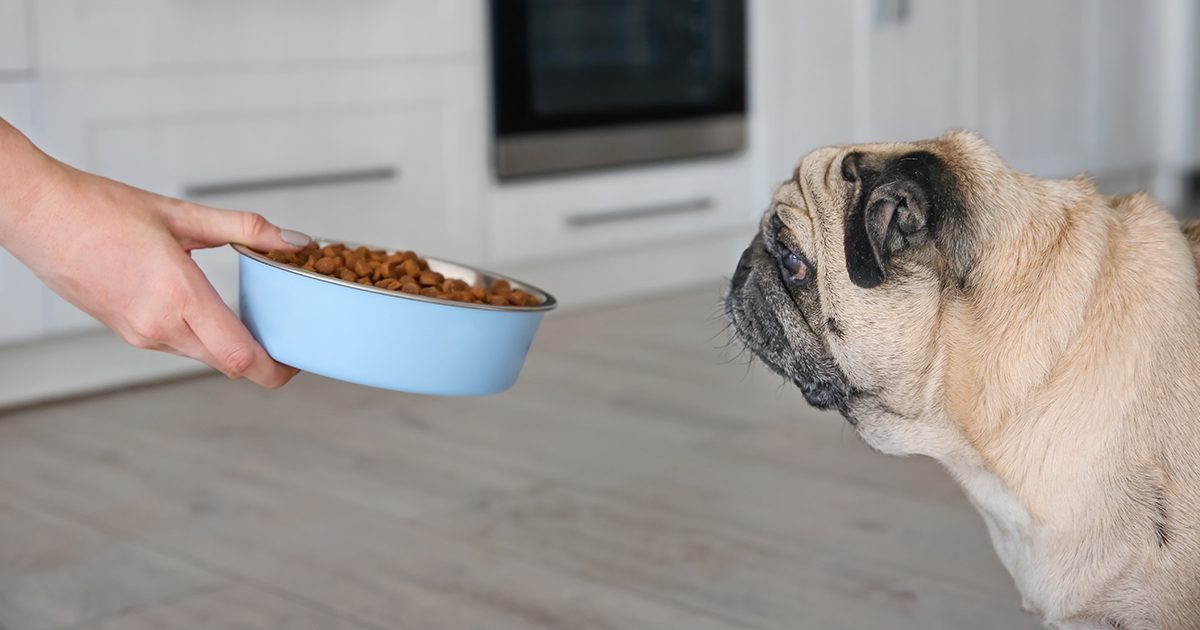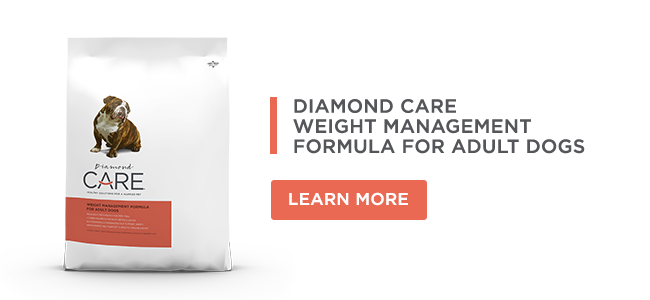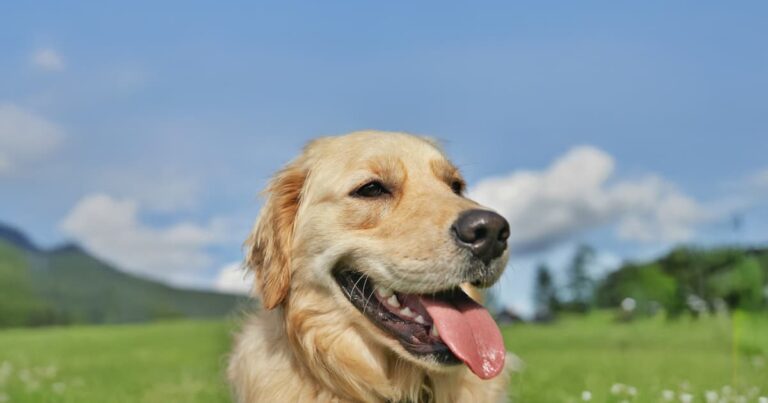If your dog is looking a little pudgy and squishy around the edges, it might have you wondering, “Is my dog overweight?” It’s an important question to ask — everyone wants their furry friend to be around as long as possible, and obesity can affect your dog’s quality of life and contribute to the development of some diseases. So we’ve got some tips on how to tell whether your dog’s body weight is in the unhealthy range and what to do about it.
How Much Should My Dog Weigh?
There isn’t an easy answer for what your dog’s ideal body weight is because it depends on their breed and age. Your veterinarian is the best person to answer that question as they will be able to take those factors into consideration when advising you of the ideal body weight for your dog. Additionally, they will likely use your dog’s body condition score (BCS) to determine if they are within a healthy weight range. You can estimate BCS at home, though, as you’ll read in the next section.
How to Tell If Your Dog Is Overweight
People typically use body mass index (BMI) to check whether their weight is within a healthy range. Instead of BMI, veterinarians use BCS to determine if your dog is overweight by evaluating body fat on their ribs, waist and hips. Your vet is the best person to assess your dog’s BCS, but here’s how you can estimate your dog’s BCS at home.
When evaluating your dog’s ribs, you should ideally be able to lay your fingers flat to feel the bones. If you have difficulty finding your dog’s ribs with your fingertips, or you can’t feel them at all, then your dog is probably overweight. Similarly, you should be able to feel your dog’s hips pretty easily with no squishy layers on either side. If you’re feeling some “love handles,” your dog may need to lose weight.
Looking past their ribs, you should be able to see your dog’s waist from above, and from the side you should be able to see a tuck by the abdomen, starting where the chest ends and going up toward the hips. If you’ve got a fluffy dog, try observing them while they’re wet. If you don’t see a waist or a tuck, they are likely overweight.
Understanding Dog Weight Gain
At its simplest, obesity in dogs is typically caused by feeding too much tasty, calorie-rich food and treats, which can be made worse by genetics for some dog breeds, and getting too little activity. All those little tidbits and food scraps your dog consumes eventually add up to weight gain, which is why it’s recommended that you avoid feeding your dog table scraps. You should also make sure that treats account for no more than 10 percent of your dog’s recommended daily calorie intake.
Why Is an Obese Dog a Problem?
When dogs consume too many calories over a prolonged period of time, the extra energy gets stored as increased amounts of body fat, not just under the skin or in the abdomen, but in and around other tissues and organs such as muscles, heart and kidneys. Increased body fat also changes how the body’s metabolism, hormones and inflammation are controlled, which can lead to impaired function, related health issues and reduced quality of life.
In fact, research has shown that obesity can reduce a dog’s life expectancy and be linked to several health problems, including arthritis, diabetes or insulin resistance (decreased sensitivity to insulin), high blood pressure and certain types of cancer.
Treating Obesity: How to Help Your Dog Lose Weight
The good news is that obesity can be prevented and, if your dog already needs to lose a few pounds, weight loss can help improve your dog’s health. Here are four steps you can take — starting today — to prevent excess weight or help your dog lose weight:
1. Ask Your Vet, “Is My Dog Overweight?”
If you’re concerned about your dog’s weight or body condition, be ready to have an honest conversation with your vet about it. If your dog is overweight, your vet can give you advice on the appropriate corrective steps and help your dog lose weight.
2. Measure How Much Food You Are Feeding Your Dog
This is especially important if your furry friend has access to unlimited amounts of food. If you’re not sure of the amount of food your dog should be eating, check the feeding guidelines on the dog food package and talk with your veterinarian. And don’t forget to factor in treats, which are often high in calories. Automatic pet feeders can be a solution in helping control the portion size of kibble your dog eats for each meal.
3. Get Your Dog Moving More and More Often
If your dog has been a couch potato, going for walks is a great way to help with weight loss. You’ll want to start slowly, gradually building up time, distance and speed. Try to aim for at least 30 minutes a day, depending on your dog’s health status. If your dog has an underlying health issue, talk to your veterinarian before starting an exercise program.
4. Help Reduce Your Dog’s Weight by Eliminating Table Scraps
If you’re feeding your dog a complete and balanced dog food, they are receiving all the nutrition they need from that food. They don’t need table scraps, other human foods or treats. Instead of rewarding them with food, try replacing food with other rewards, such as extra playtime, belly rubs, a new toy or snuggles.
An Overweight Dog Isn’t Furever
The good news is that obesity can be avoided and, if your dog is overweight, weight loss can help improve your furry friend’s health. What and how much food you feed are among the most important things you can do to help your dog live a long, healthy life, and our pets depend on us to make good choices for them. Be sure to talk with your veterinarian about your dog’s weight, food and strategies for keeping them at a healthy body condition. You can also learn more about dog obesity by reading our guide on overweight pets.








